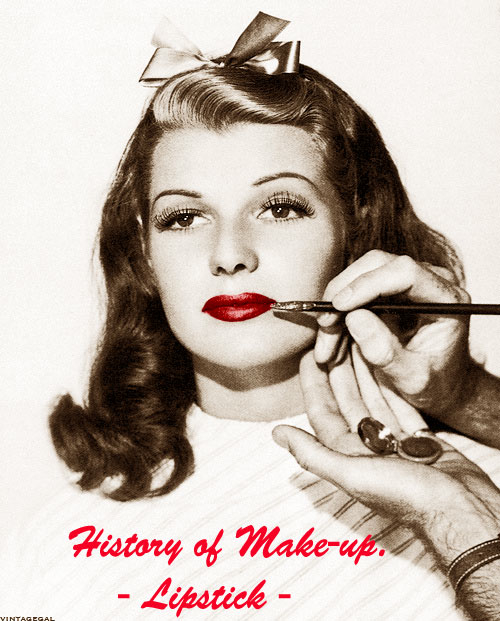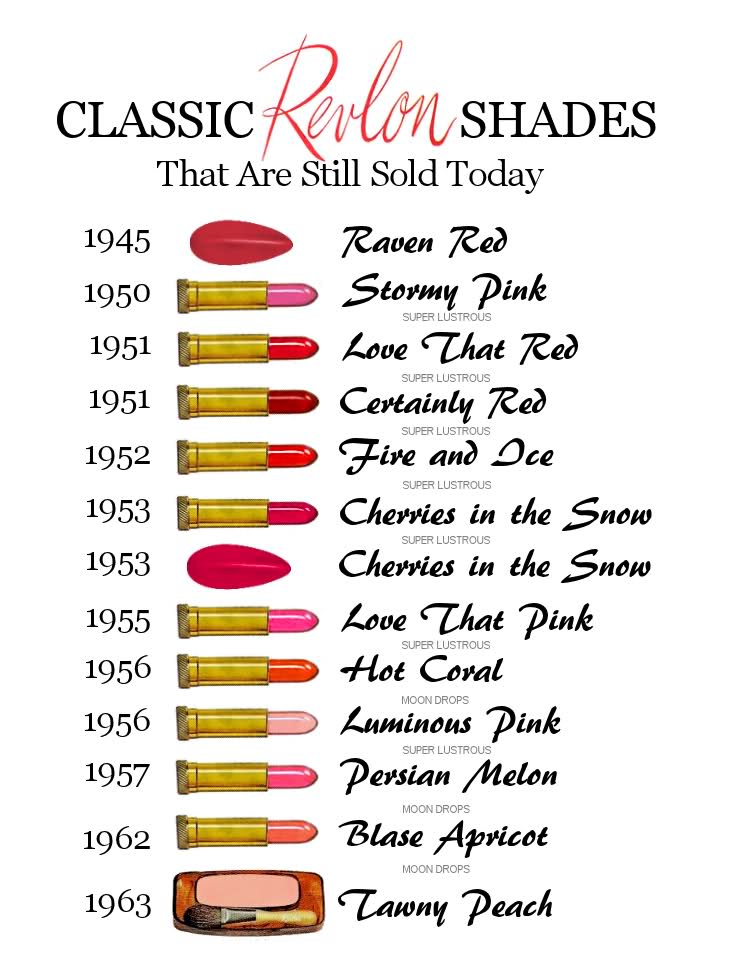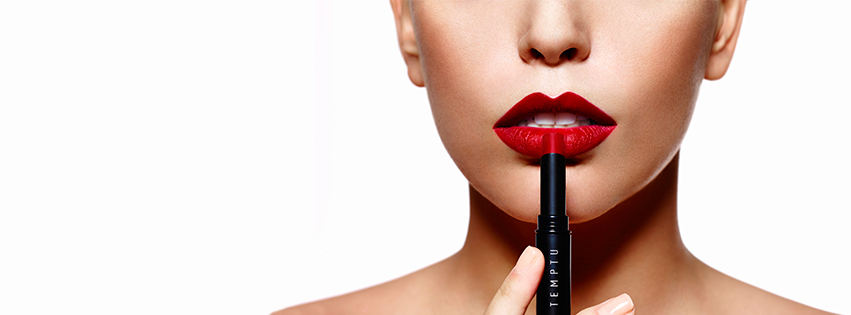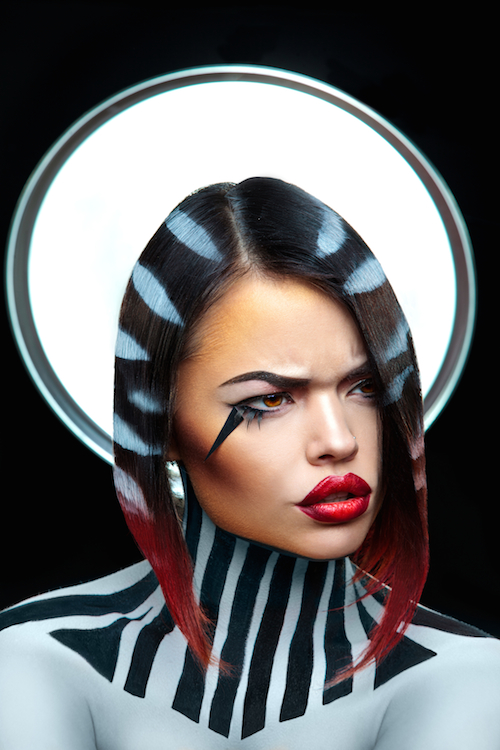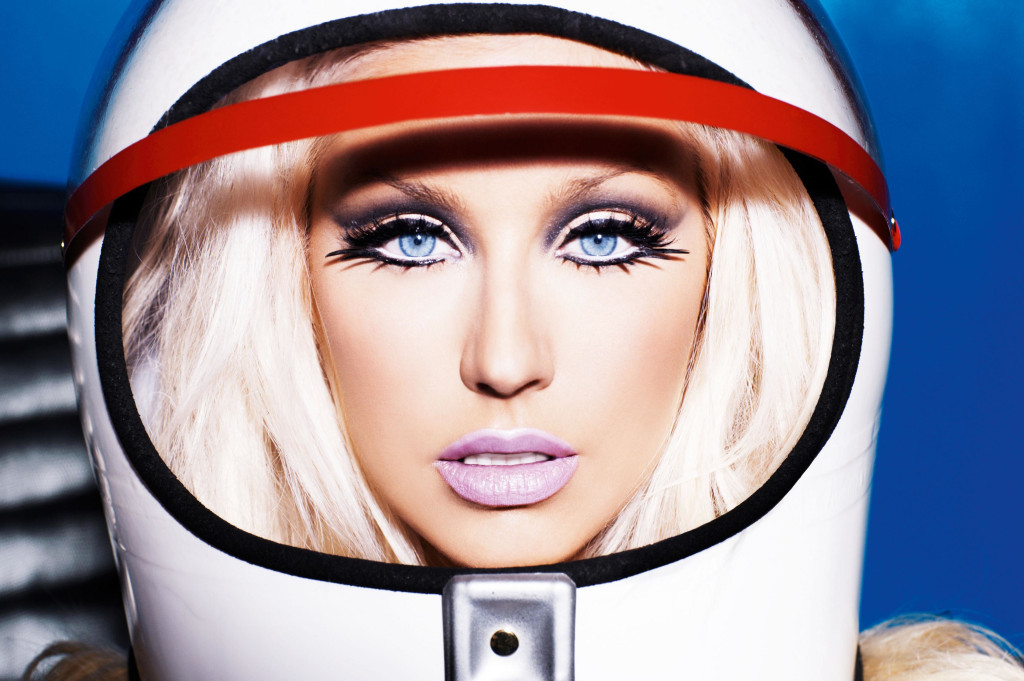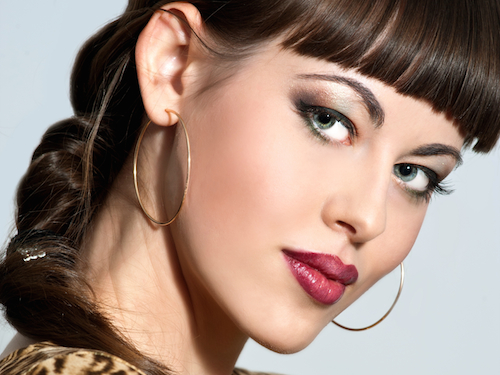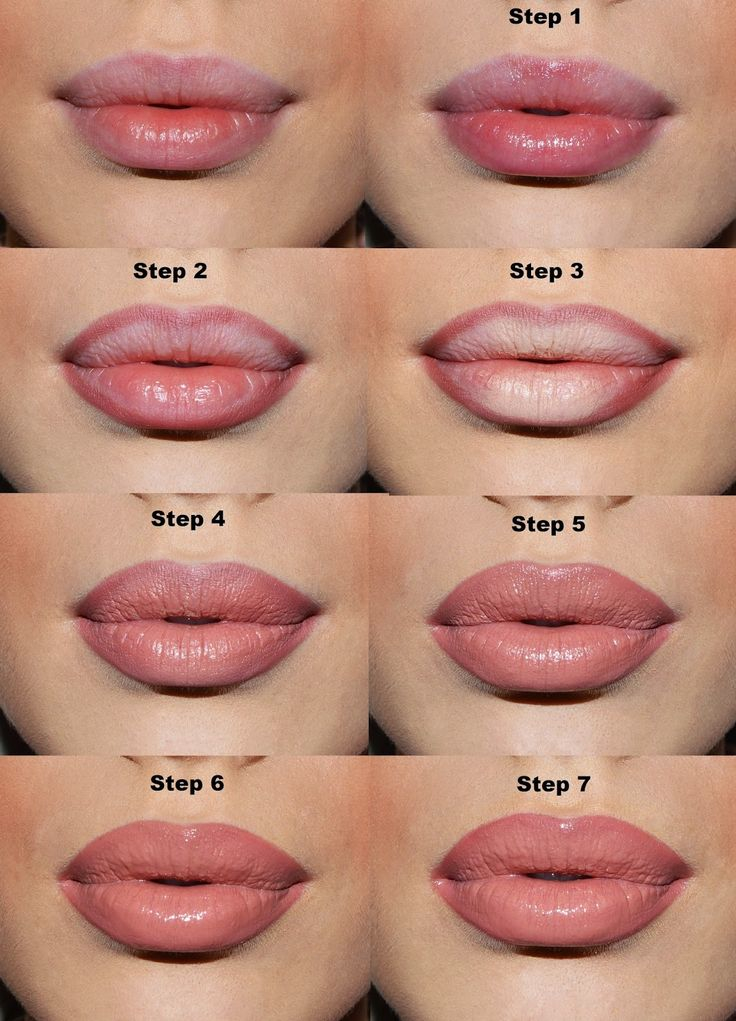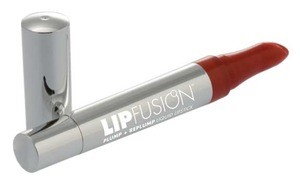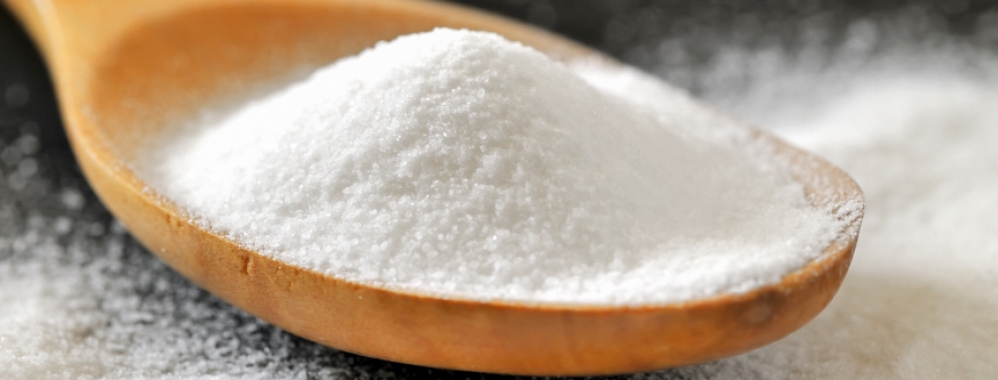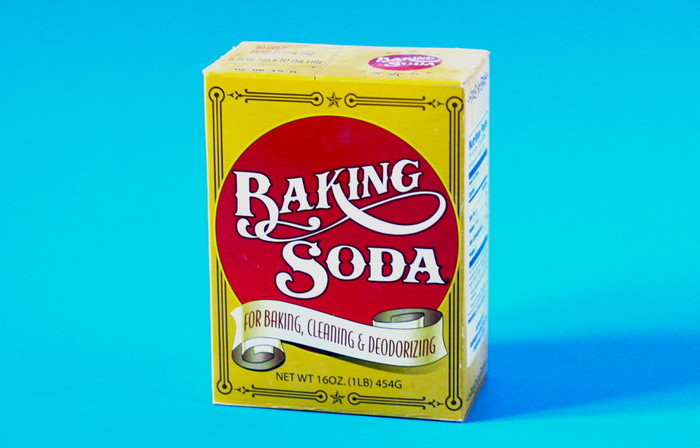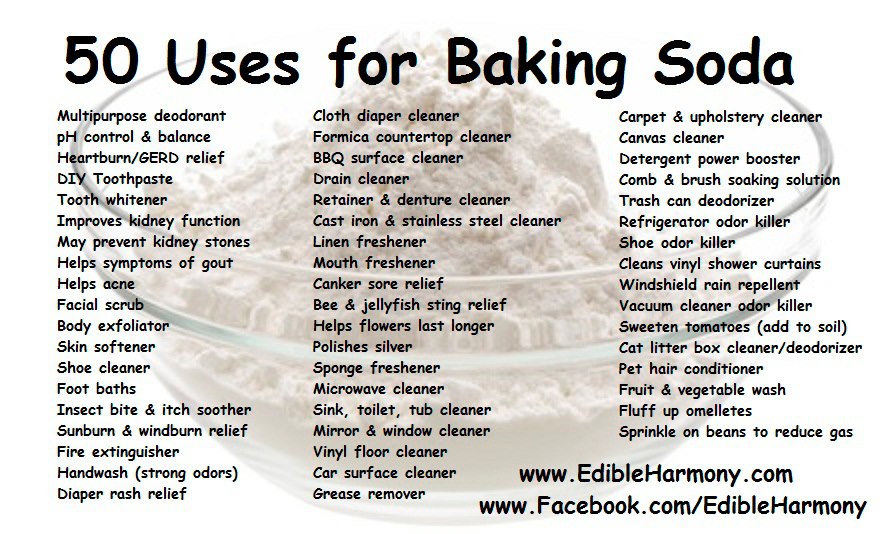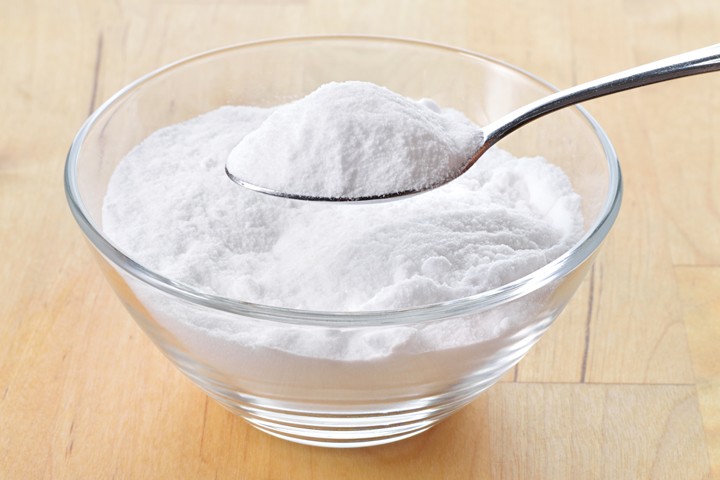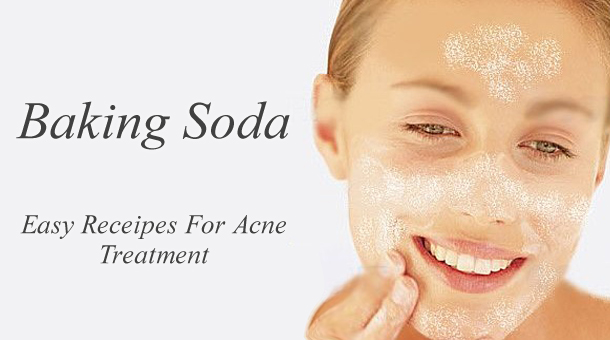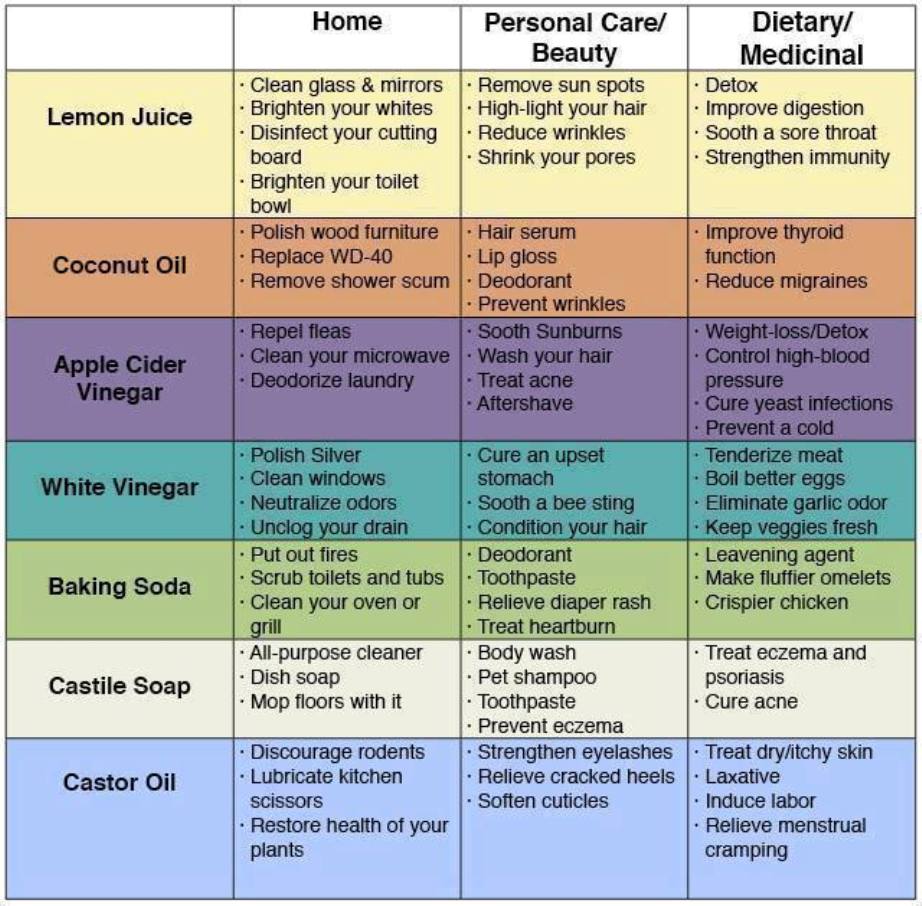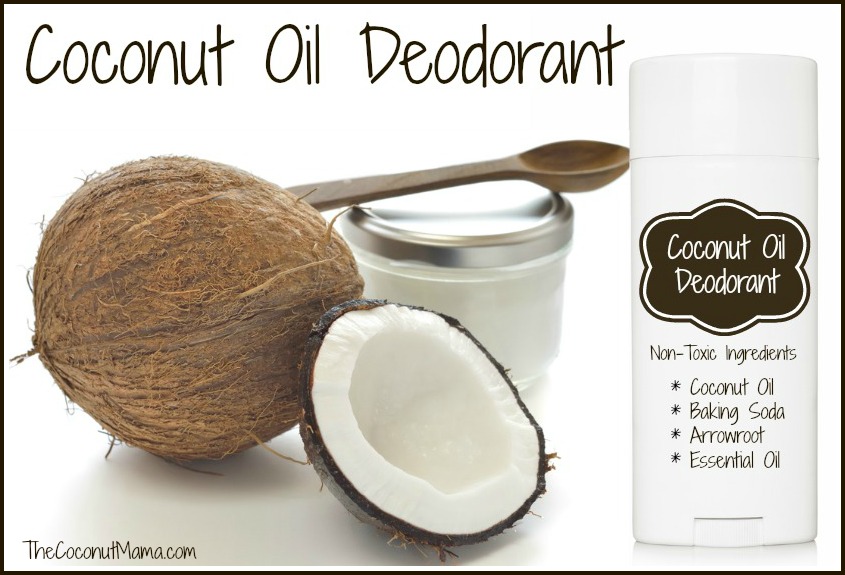History, Uses, and Tips of Lipstick

History Of Lipstick
Hello and welcome to our blog we are grateful for your visit and the likes without we wouldn’t be here, on week 265 we are sharing a post on lipstick we get a lot of requests and we put together a bit of history and some tips on lipstick application, I like to dedicate the post to our friend Oriah Mirza she is fabulous all the way around and the other day when we met for lunch in Malibu we went to Sephora to play and she asked me about lipsticks and I realized at that moment how much fun it was to travel through the amazing selections of colors textures liners and glosses so I decided to dedicate the post to Oriah Mirza and her beautiful lips. Enjoy the post and please share and like if you do, see you guys in two weeks and thanks again for your time and loyalty, is well appreciated, from Isabel’s Beauty Blog team.
http://www.lipstickhistory.com
The dawn of prehistoric times, humans always had the need to distinguish themselves from others. Clothes, shoes, tools, jewelry and cosmetics were first of the ways we managed to do that, but lipsticks and facial paints were one of the most noticeable ways to change our appearance. Hunters painted their skin to better blend in with their surroundings, priests and acolytes decorated themselves to honor their gods and beliefs, and young people used every way imaginable to make them more pretty and presentable to the opposite sex.
However, in the long prehistoric periods, lipsticks were made only from readily available natural sources – fruit and plant juices. As early civilizations started appearing in the Middle East, North Africa and India, advanced manufacturing processes enabled mankind to finally start producing new kinds of lipsticks. First ones to do so were Mesopotamian women, who ground out precious gems and used their dust to decorate their lips with glimmer and riches. Women from Indus Valley Civilization used lipstick regularly, but it was Egypt where the manufacture of lipstick received many advancements. There, royal members, clergy, and high class used several types of lipsticks, some of them with recipes that contained poisonous ingredients that could cause serious illnesses. It was there that carmine color became popular, extracted from the bodies of cochineal insects, technique that is widely used even today
Lipsticks and other cosmetic products had a very important impact on our development. Here you can find facts about their journey through the ages, from the ancient kingdoms in the Middle East to the phenomenon of global fashion.
History of Lipstick spans the entire modern history of mankind. Here you can find out more about its incredible journey from the Ancient Egypt, harsh times in medieval Europe, to the worldwide popularity that it enjoys today.
Who Invented Lipstick?
Determining who invented first lipstick is not an easy task because they were present in our fashion from the earliest moments of our history. Here you can witness how that journey went, and how lipsticks became what they are today.
Lipstick Timeline
Lipstick timeline through our history is full of interesting events and moments when it had the significant impact on our culture and fashion. Here you can find out when those important moments happened on the lipstick’s journey to worldwide popularity.
Lip Gloss History
Even though opaque lipstick can be found everywhere today, its popularity is heavily threatened by lip gloss, transparent substance that showcases our lips in more natural and subdued colors. Also, the rise in its popularity can be found in its beneficiary medical properties.
Max Factor History
History of cosmetics is full of influential companies that had a great impact on worldwide fashion, but Max Factor managed to distinguish itself by very significant innovation in the field of lipsticks by introducing to the public Lip Gloss.
Cosmetic product always fascinated human race with their ability to make us distinct, pretty and more confident. No matter how large fashion changes swings occurred during last few thousand years, some cosmetic products always managed to remain popular and in widespread use. Soaps, shampoos, eyeliners, nail polishes, make up paints, and various medicinal and protective balms survived trough the rise and fall of many civilizations, but one cosmetic item managed to survive for a long time without widespread popularity, only to become one of the most important cosmetic items of a modern woman – Lipstick.
There is no way for us to determine who discovered lipstick first. It was with us from the prehistoric times when women and men used various potent fruit and plant juices to mark their faces in religious ceremonies or to make themselves more pretty for the opposite sex. Of course, a very large reason for lipstick use was also for medicinal purposes, to protect our lips from natural elements such as dry wind, moisture, and the sun (lip tissue does not have melanin that protects us from UV rays).
As modern civilizations started to make rapid advances in technology and chemistry, first manmade lipstick appeared as a cosmetic tool for the wealthy women and men of ancient Mesopotamia, Indus Valley Region and Egypt. Egypt especially managed to advance the art of lipstick making, managing to produce bright red carmine lipstick that is made from cochineal insect pigments, which is a timeless technique that is in use even today. Those lipsticks were made from powdered and processed bodies of cochineal insects or purple extracts of seaweed, mixed with various oils and waxes. History book will forever remember various important Egyptian figures that were depicted in their hydrographic images with various cosmetic enhancements – Nefertiti’s black eyeliner or Cleopatra’s bright red lips.
History of the lipsticks tells us that European dark Middle Ages almost totally removed lipstick from the fashion. Harsh living conditions, constant wars, poor medicine, plagues, lack of food and many other factions led to the period of around 1000 years where very little or no advancements were made in arts, sciences and many areas of knowledge. In such environment, Church was the only constant presence in the mind of the Europeans, and the church was responsible for maintaining fashion and common laws. Sadly, it was them who actively discouraged lipstick use, linking it to the Satan worshipers and cults. Because of that, only the female population of the lowest status (prostitutes) continued to use lipstick on regular basis, with actors occasionally painting themselves in facial colors.
One of the most important moments in the lipstick history happened during the Islamic Golden Age when famous cosmetologist and chemist Abu al-Qasim al-Zahrawi managed to perfect his formula for solid lipsticks. These perfumed sticks represent the basis for all the modern lipstick that can be found in any fashion shop.
Several centuries later, lipstick returned to the popular fashion during the reign of English Queen Elizabeth I (1558 – 1603), but only for a short while. It was only in late 19th century when industrial advancements enabled French cosmetologist to start producing lipsticks for commercial sales. From that point, lipsticks slowly become more and more popular. New inventions enabled their packaging to get the form we know today (swivel-up tube), new types (sparkle, gloss), the introduction of lip gloss, no smear formulas, new colors, and last but not least, very famous introduction of flavored “Lip Smackers” in 1973.
Today lipsticks are considered to be one of the most popular and cheapest ways for females to showcase their femininity and beauty.
The variety of lipstick forms
Matte Lipstick:
Delivers sophisticated and a full intense coverage color that contains absolutely no shine. The reason being is its formulation is designed to stay longer, the reality is that it can be quite drying to the lips and it may give your lips the feeling and appearance of being dehydrated. The dark intense shades are beautiful and stay put so it won’t move and smear, It does not give that illusion of a fuller lip or a moist yummy lip at all.
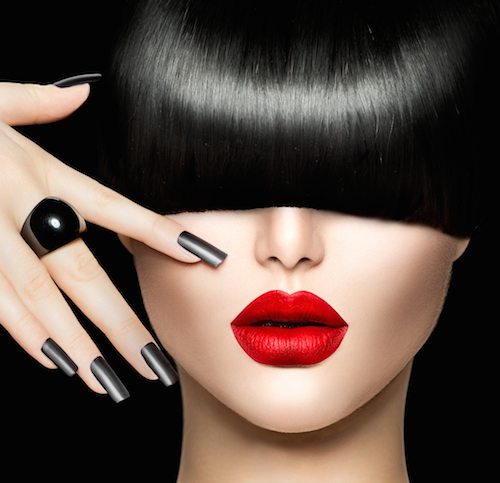
Creme Lipstick:
This particular formula contains more emollients than the matte lipstick and still provides you with a full coverage of moist color, not a shiny coat. The cosmetic lines offer the largest selection of this formula due to the fact that it is the most versatile and popular. It wears very well and it doesn’t look dry.
Frosted Lipstick:
This product gives you a pale sheen, and metallic in appearance. Being that the single color of sheen the formula contains in the ingredients, I personally don’t use it on me due to the fact that it shows every little crease, and it looks a bit dry too. I don’t recommend it on mature lips.
Sheer Lipstick:
This product is actually of sheer glossy color that allows your natural texture and coloration to show through. Its formulation is designed to opaquely cover. It is very similar to a gel blush if you will, due that it is simply pigments mixed with a gel. It does last longer than a gloss but not longer than a cream Lipstick.
Due to its sheerness, it is great for a quick fix and it doesn’t require precision when applied.
Gloss Lipstick:
This product contains extreme shine and moisture.
When applied, it delivers a layer of sheer color that requires frequent application. Even though it doesn’t last long, gloss gives the appearance of freshness and moisture that is recommended for all age groups. When used correctly it makes lips look fuller.
This product comes in tube, pot or wand.
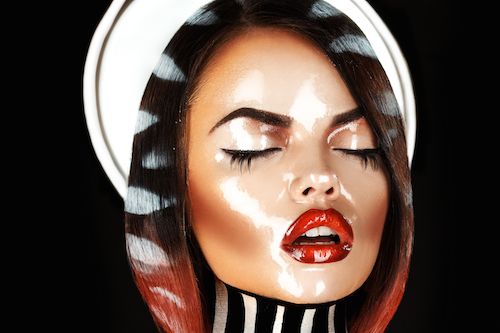
Last but not least let’s talk about:
Lip Liner:
This product comes as a pencil and is used to define and basically frame and shape the lips. If well used it helps to correct lip shapes as well as prevent lip color from bleeding outside of the lip line or into any little lines. I also use it to cover the entire lip. The lip is topped with a color of the same shade or lighter to give volume, you can use just gloss over it as well, make sure to blend so it doesn’t look harsh unless you like that finish. Using a lip liner greatly improves the staying power of any lip color.
Facts:
According to Sloane. (1933). Teach your clients the correct use of lipstick. The Hairdresser and Beauty Trade. December, 12.
When carefully observing the lips we will disclose a number of rather surprising points. We can notice, for instance, that while the actual shape and size of the mouth varies considerably with each individual, when the mouth is reposed ( resting) mouth will have the same factors in common. This is the actual shape of the upper lip in relation to the lower. You will notice that the upper part of the upper lip drops slightly and fits into a corresponding groove on the upper part of the lower lip. There are also two tiny grooves in the upper lip, into which two corresponding protuberances fit closely when the mouth is closed. A small remark that is a common denominator.
Another important point to notice is that the lower lip is always slightly deeper in colour than the upper lip. This means that in applying lip colour you must make the color a little deeper on the lower lip.Interesting balance and it works.
The History of Red Lipstick
Picking the Perfect Lipstick from TMI Weekly
Click on the image to learn more about any of the products below
Lipstick Queen Big Bang Illusion Gloss
Lipstick Queen Endless Summer Lipstick
Lipstick Queen Lip Liner
Fusion Beauty Plump + RePlump Liquid Lipstick – RUNWAY
Kevyn Aucoin The Lipstick
Lipstick Queen Vesuvius Liquid Lips
Lipstick Queen Oxymoron Matte Gloss
Cle De Peau Lipliner Pencil
